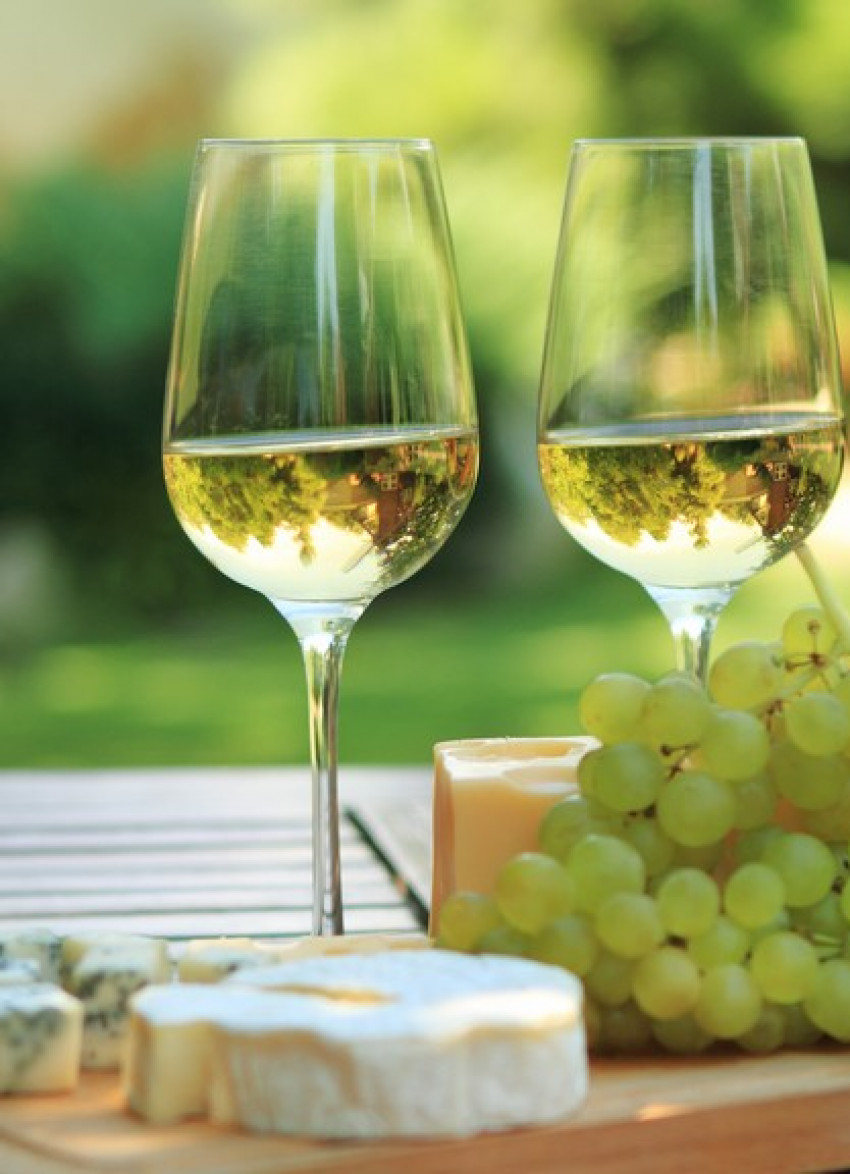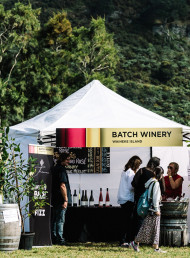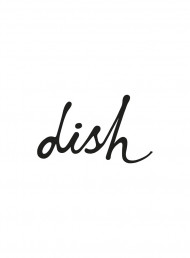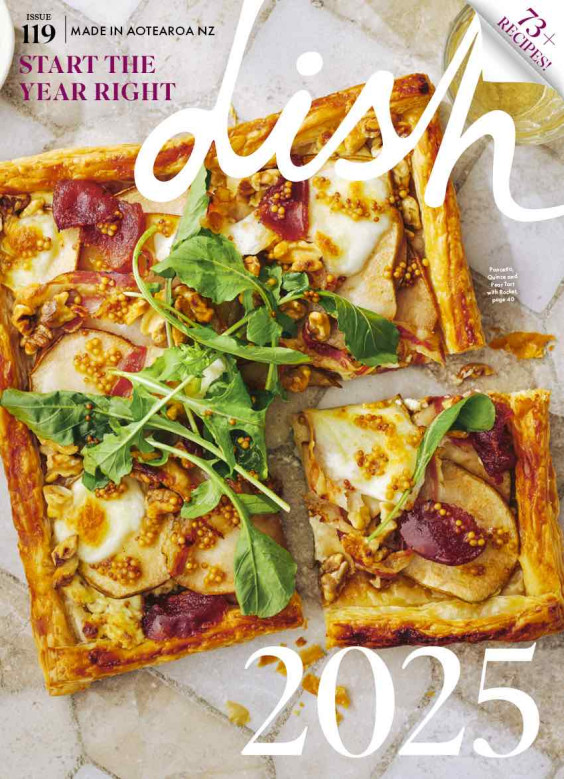How to: match wine and food

Wine and food matching doesn't need to be complicated - drinks writer Yvonne Lorkin explains the basics
Remember the days when wine and food matching meant chunks of pineapple and Cheddar skewered on toothpicks and stuck in an upside down orange and served with a mugful of Müller Thurgau?
Thankfully things have moved on and there’s now a wide array of choice when it comes to creating the perfect food and drink experience. While there are no strict rules, there are a few guiding principles that will lift everything to a new level.
Champagne & Methode Traditionelle Sparkling Wines
The more delicate the food, the more delicate the wine should be, which is why bubbly is always served with canapés. Crisp, dry sparkling wines have a light-as-air texture and aren’t overtly ‘fruity’, making them the perfect partner for dainty salmon blinis, asparagus wrapped in prosciutto, tiny chicken satays and petite pastries. The deliciously yeasty, nutty, ‘bread & biscuit’ flavours in sparkling wine also make it the perfect partner for ‘umami-rich’ foods like oysters, crayfish, seaweed and truffles.
Riesling, Pinot Gris & Gewürztraminer
If it’s got a kick, go aromatic. Spice-heavy foods such as Indian, Thai, Chinese and even Mexican will find a match made in heaven with these wines. Anything with chilli, ginger, pepper, garlic or coriander will love a medium to sweet white wine – and the lower the alcohol the ‘sweeter’ the wine will be – so try to find something below 13% alc. Stay away from the cabernet! The chewy tannins and high alcohols in big red wines are the enemy of chilli, but if white wines really aren’t your thing then you could serve a juicy, gentle red like a light Pinot Noir.
Sauvignon Blanc
Much like a squeeze of lemon or lime can complement a seafood or salad dish, the same can be said for a splash of sauvignon blanc. Its zesty citrus backbone and herbaceous, tropical-tinged taste make it a sensational match with seafood, salads and risotto, white fish, or chicken baked with herbs and tomatoes. It’s a winner with anything involving green olives or gazpacho and is the go-to for grilled garlic prawns. Barrel fermented sauvignons are also wonderful with ‘nutty’ dishes.
Chardonnay
Chardonnay is a ‘never fail’ wine for chicken, turkey and rich seafood like crayfish and scallops. You’ll sometimes hear chardonnay described as ‘fat’, ‘rich’ or ‘creamy’, which means it laps up any rich, creamy dish. Think classic fettuccine alfredo, pasta carbonara, and classic roast chicken and gravy, fish or chicken smothered in beurre blanc sauce or anything featuring cheese and bacon. A friend of mine has a saying: “If it’s smoked, bring on the oak” and he’s right. So for classic smoked chicken salad, smoked fish pie or even smoked mussels in rich, seafood chowder then a big, buttery, toasty chardonnay is the perfect match.
Rosé
Today’s rosés are generally fresher and crisper than the sweet, flabby styles of the past. They’re brilliant with salads, anything featuring pomegranate, and (my favourite pairing) watermelon, mint and feta salad with loads of cracked pepper.
Pinot Noir
There’s something special about the lush, fruit-centred lightness of pinot noir and the tender taste of lamb. Different from other reds in that it doesn’t have big, chewy, drying tannins, Pinot Noir is also superb with rich, oily salmon and tuna dishes. It has a savoury, earthy character, which also works brilliantly with mushroom and lentil-based recipes.
The Big Reds
And by that we mean Syrah/Shiraz, Cabernet Sauvignon and Merlot based wines – and those lovely Spanish and Italian reds. These wines have ‘chew factor’, and generally smell and taste of dark fruit, strong spices, pepper, cocoa and leathery notes and have a warm, robust texture. They’re ideal matched with roast beef, game meats, slow-cooked stews and ragouts. They also do a brilliant job of complementing any red meat that’s seen a chargrill – so for steaks and sausages on the barbecue crack open a big red and you’re in business.
Sweet Wines
Anything with the words ‘Late Harvest’ ‘Late Picked’ ‘Noble’ or ‘Botrytis’ on the label is going to offer a luxuriously sweet kick to the tastebuds. They are wonderful wines to enjoy with sweet, creamy desserts, gingerbread and blue cheese, chunks of Parmesan dipped in liquid honey, rich chocolate dishes and dried fruit.
latest issue:
Issue #119
Welcome to 2025 and a brand-new year of whipping up delicious recipe withdish! We start the year right with issue 119, jam-packed with easy, mouthwatering meals to make at home. From stunning salads to quick and tasty one-pan chicken dishes, to spectacular sweet treats. We have duos covered with our dinners for two, plenty of wonderful recipes for easy flavour-packed entertaining and make the most of the abundance of fresh seasonal produce. We finish off with a whistle-stop tour of South Australia’s wine country and a round-up of our top tipples from 2024. The latest issue of dish is on sale NOW at all good bookstores and supermarkets – don’t miss it!




